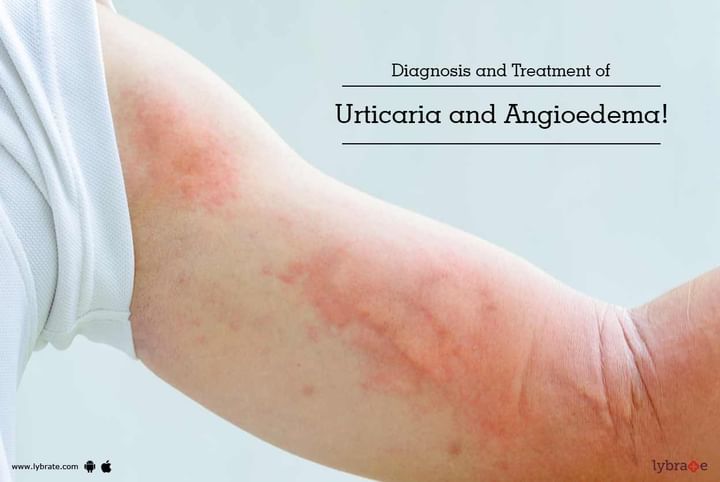Diagnosis and Treatment of Urticaria and Angioedema!
What is angioedema?
Angioedema or Chronic Urticaria is a form of severe swelling beneath the surface layer of the skin. In most of the cases, the swelling occurs along with the appearance of hives. This is why angioedema is commonly referred to as “giant hives.” They tend to be itchy and red boils can develop on the surface of the skin. They are predominantly caused by an allergic reaction to food or medication. Many other factors can also trigger angioedema. These can include pollen grains and insect bites. Angioedema is not a serious medical condition and only in some extreme cases, they tend to get really serious. It usually goes away on its own.
Symptoms
The most common symptom of Angioedema is the swelling beneath the surface of the skin. It may occur on any skin surface and can include your feet, hands, back, and lips. The other common symptom is the presence of the red boils on the surface of the skin. Additional symptoms of angioedema can include rashes, stomach cramping and in some cases swollen throat and difficulty in breathing. Difficulty in breathing can get serious if not treated immediately. Seek medical attention immediately if you get those symptoms.
Causes and Diagnosis:
Angioedema is caused predominantly by allergic reactions. Everybody condition is different and the allergic levels of your body can depend on various factors. Some of them can be even hereditary. Some of them can be due to insect bites, pollen allergies, poison oak or ivy, medications and certain types of food. It can also be due to illness or an underlying medical condition. There are certain risk factors too involved in it and this can include a previous allergic reaction, injury, stress and anxiety and as stated earlier – hereditary. Diagnosis is by a physical examination and in most cases, the doctors would examine the areas of the swelling. Your blood samples would also be tested and the substances that have caused the allergic reactions are identified first.
Treatment:
Angioedema is a condition that can go away on its own. Hence minor symptoms and minor skin allergies do not require medical treatment. Moderate symptoms, however, do require treatment and mostly these involve drugs and medications to curb the itching and swelling. There are also certain home remedies that can be used to relieve such symptoms. You can use wet compress, cold press and wear cotton clothes to avoid itching and scratching. In many instances, the agents that cause the irritants are identified first and then the patient is advised to stay from those agents. For example, if a certain type of food is causing you allergic reactions, then you might be asked to stay away from it. If you wish to discuss about any specific problem, you can ask a free question.



+1.svg)
